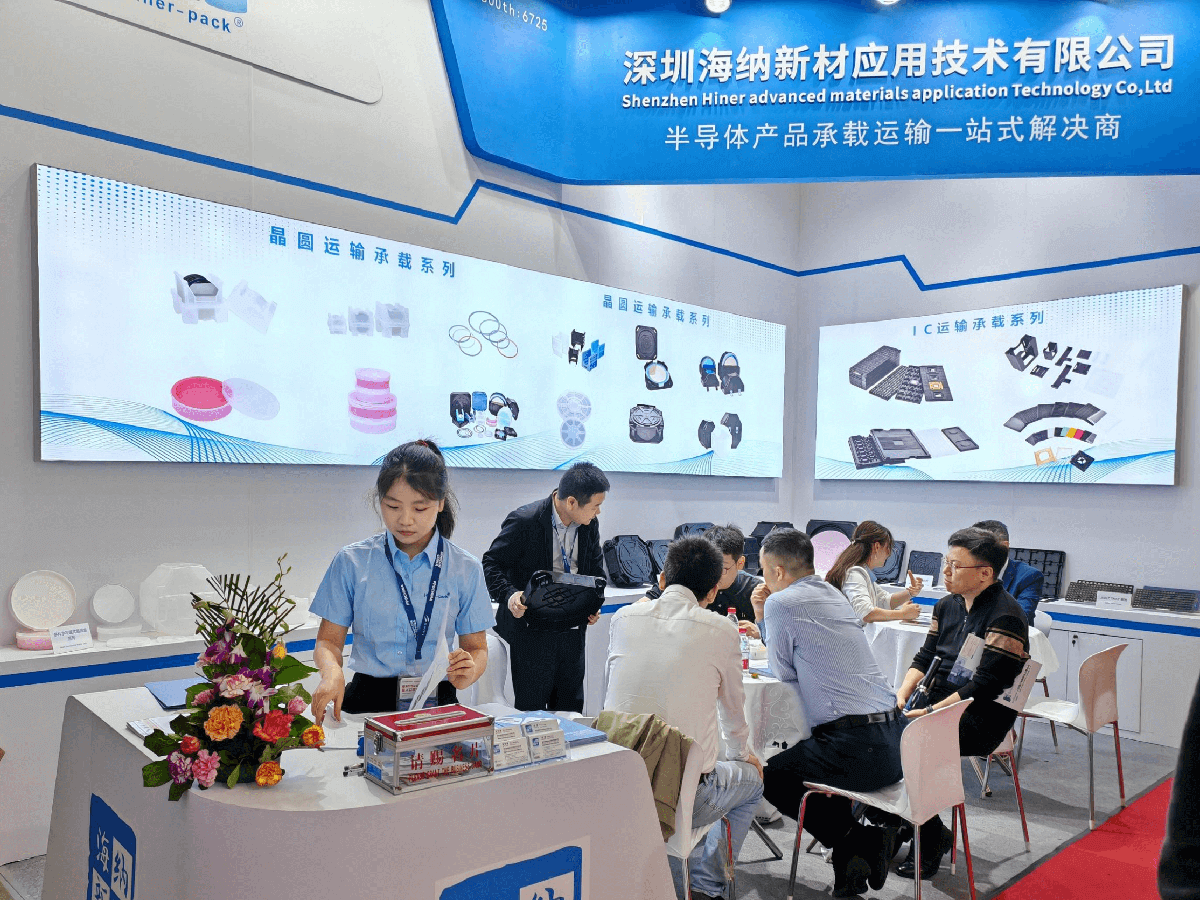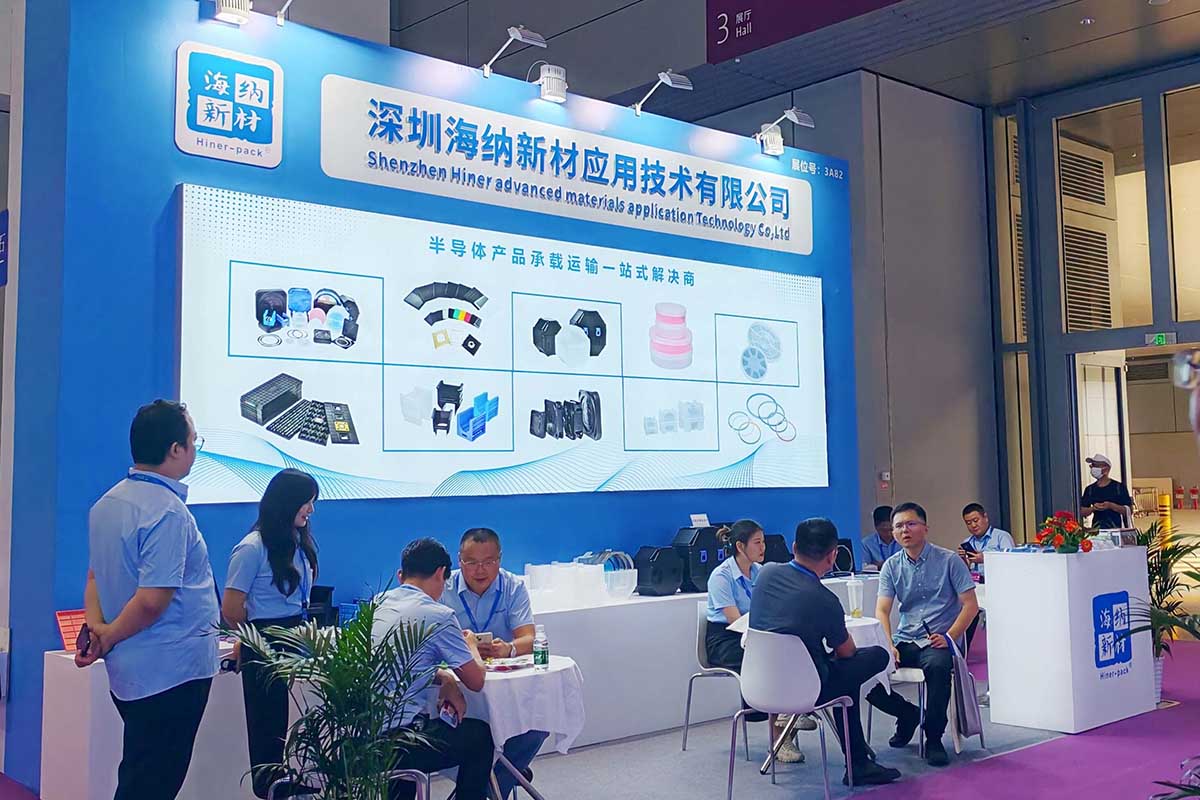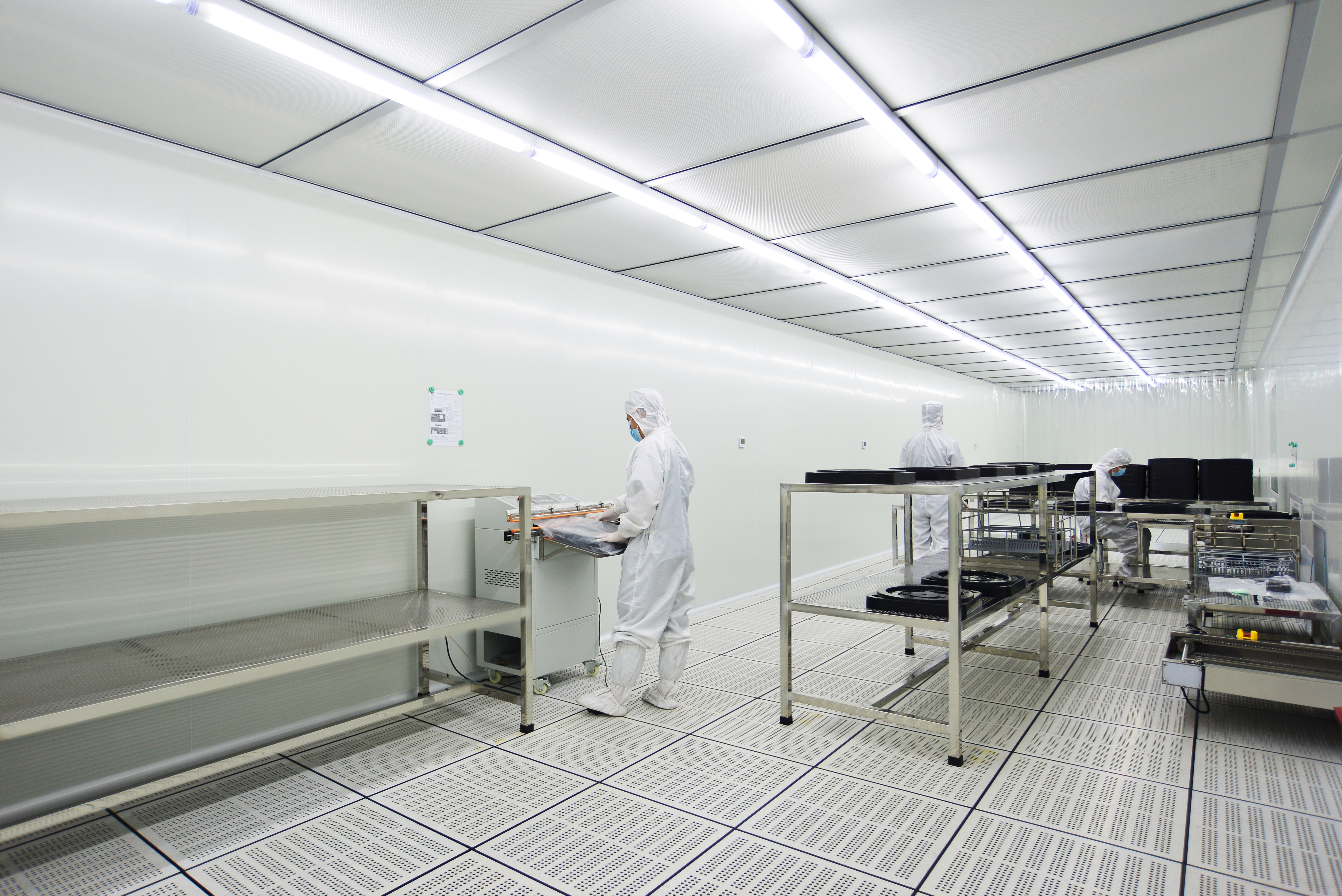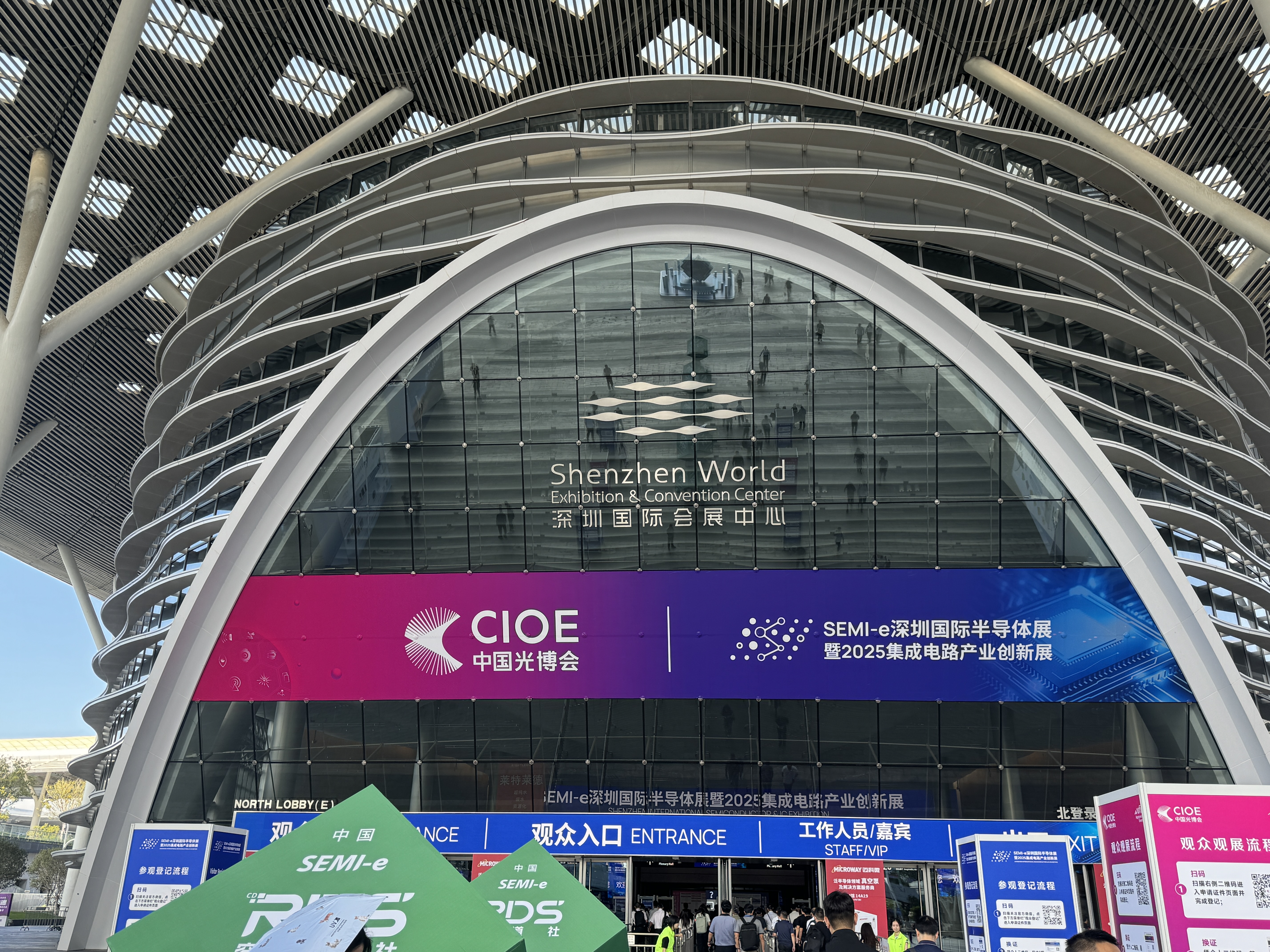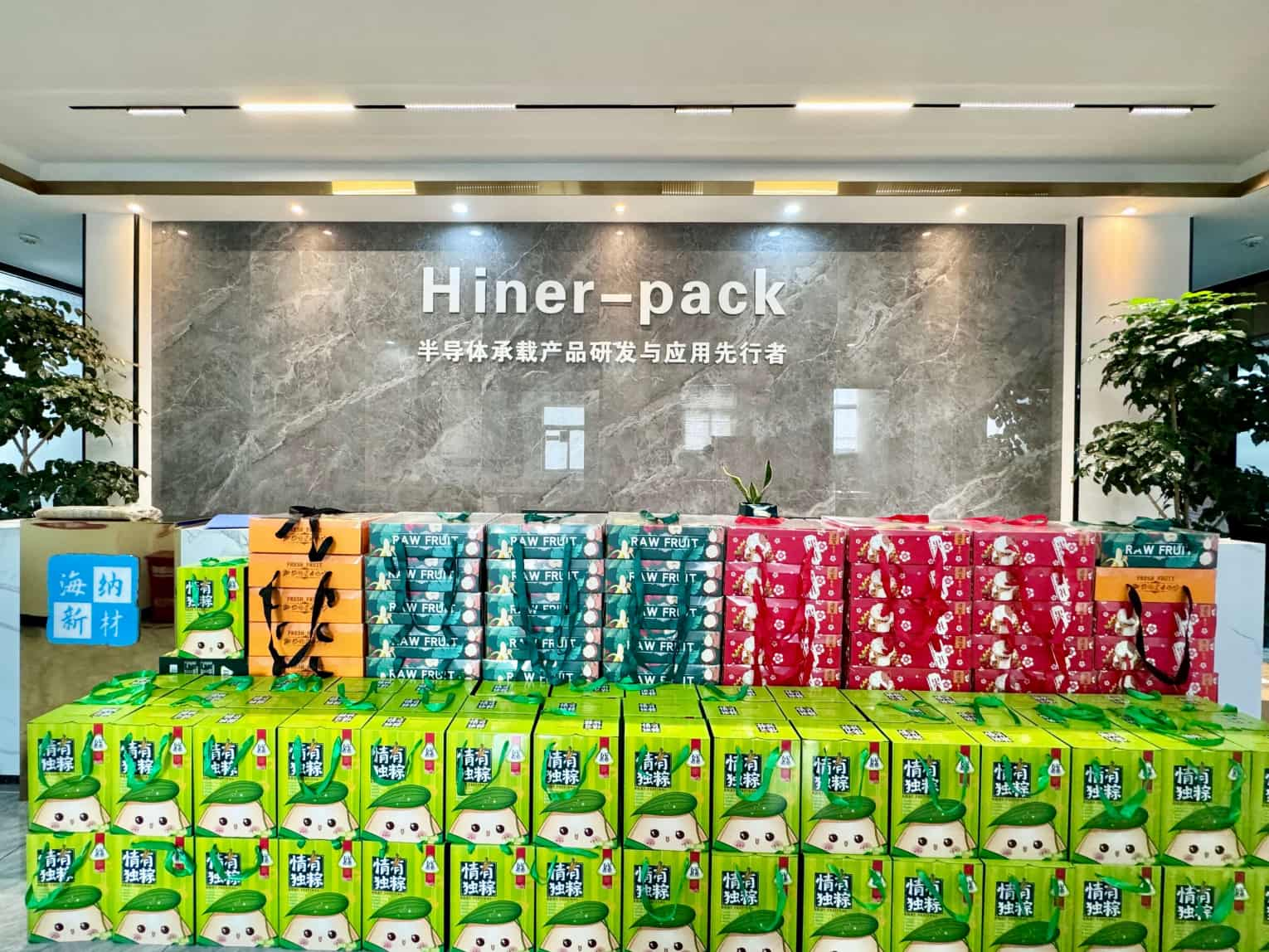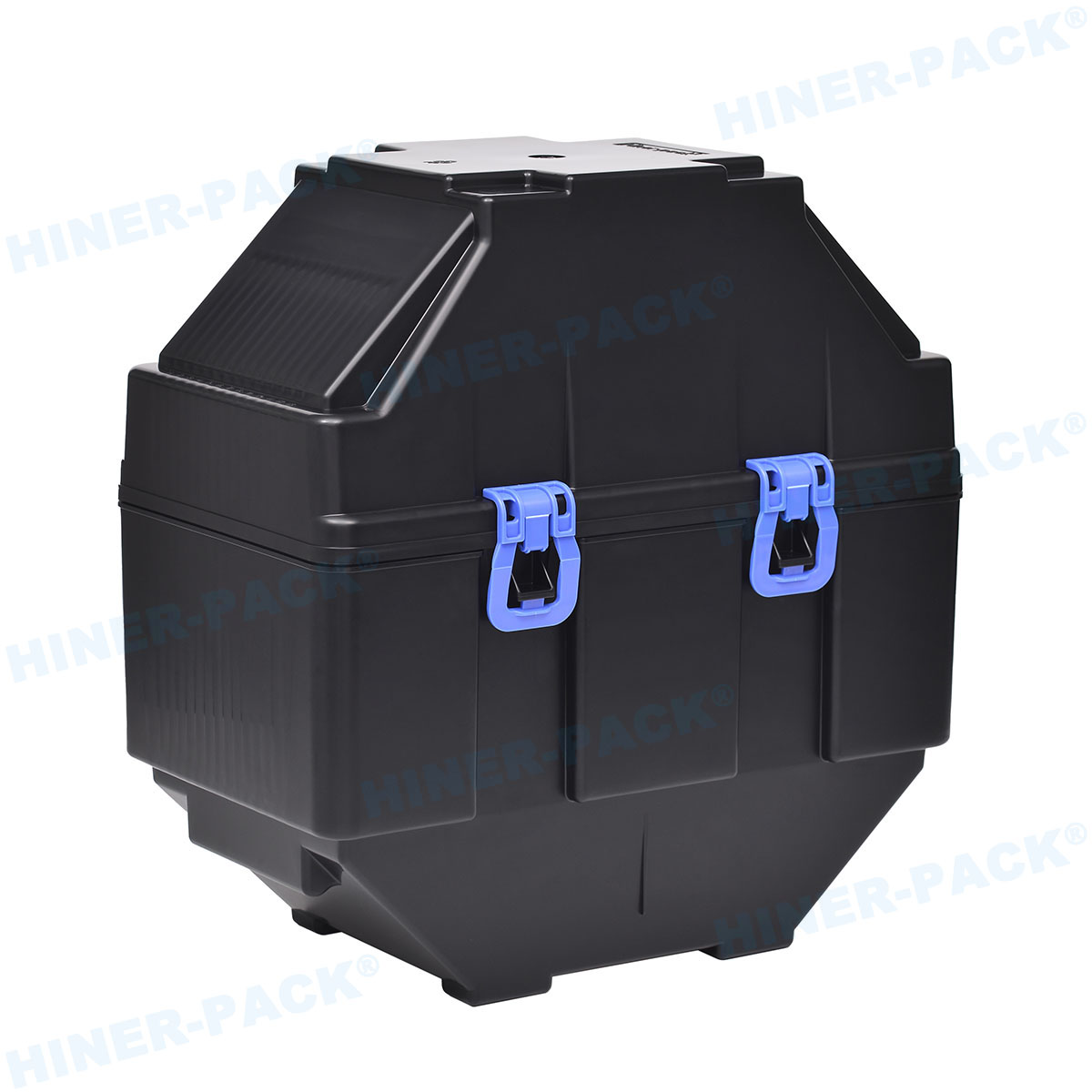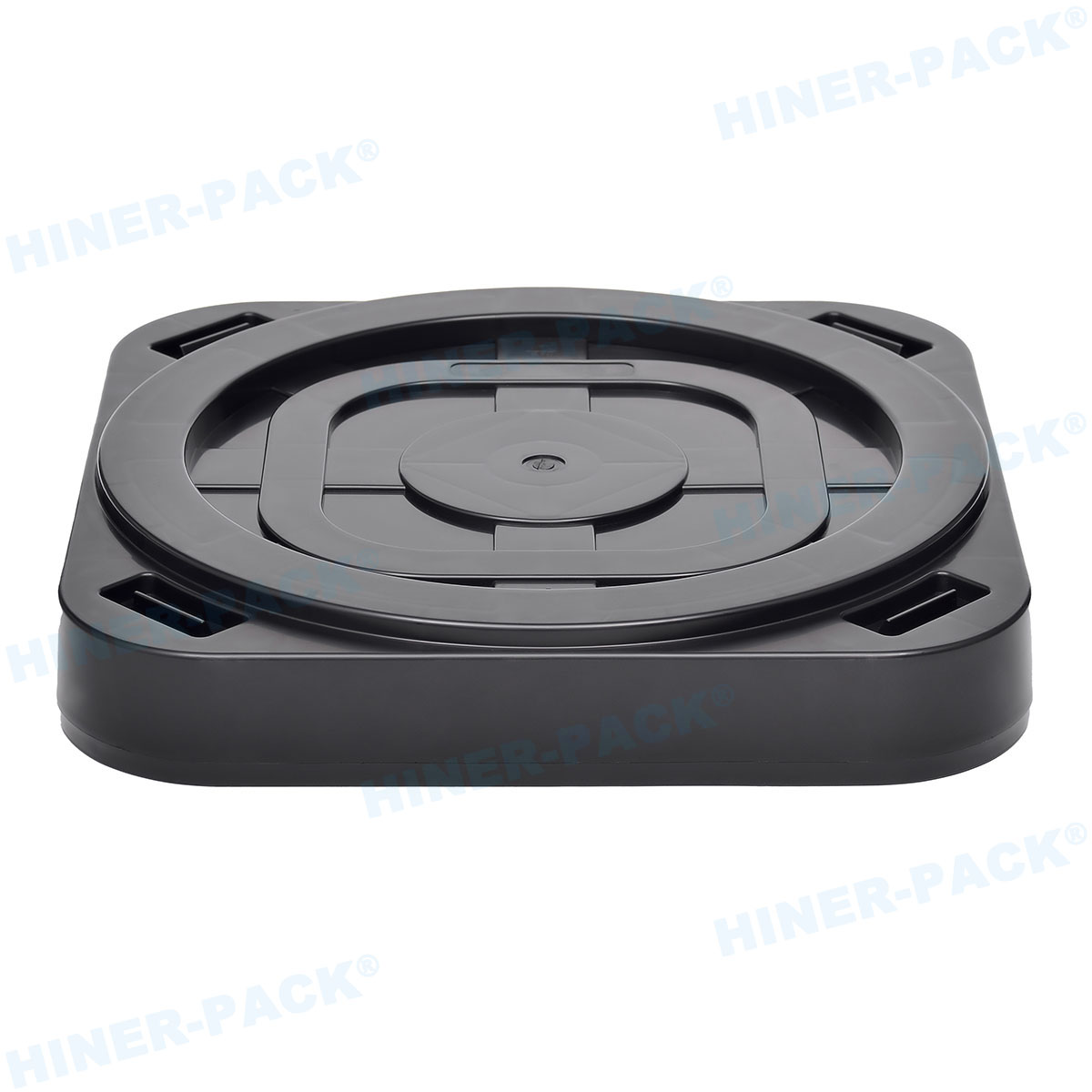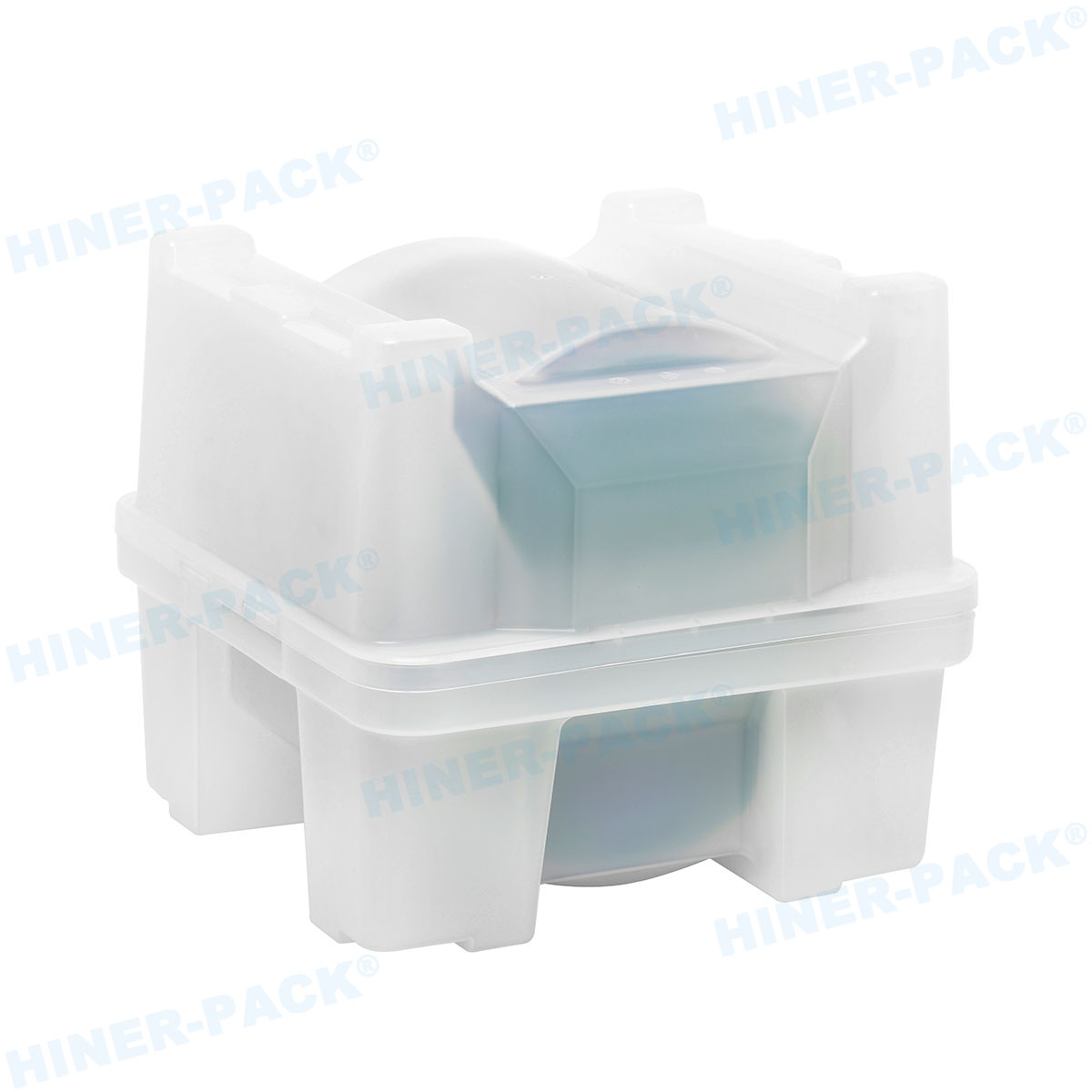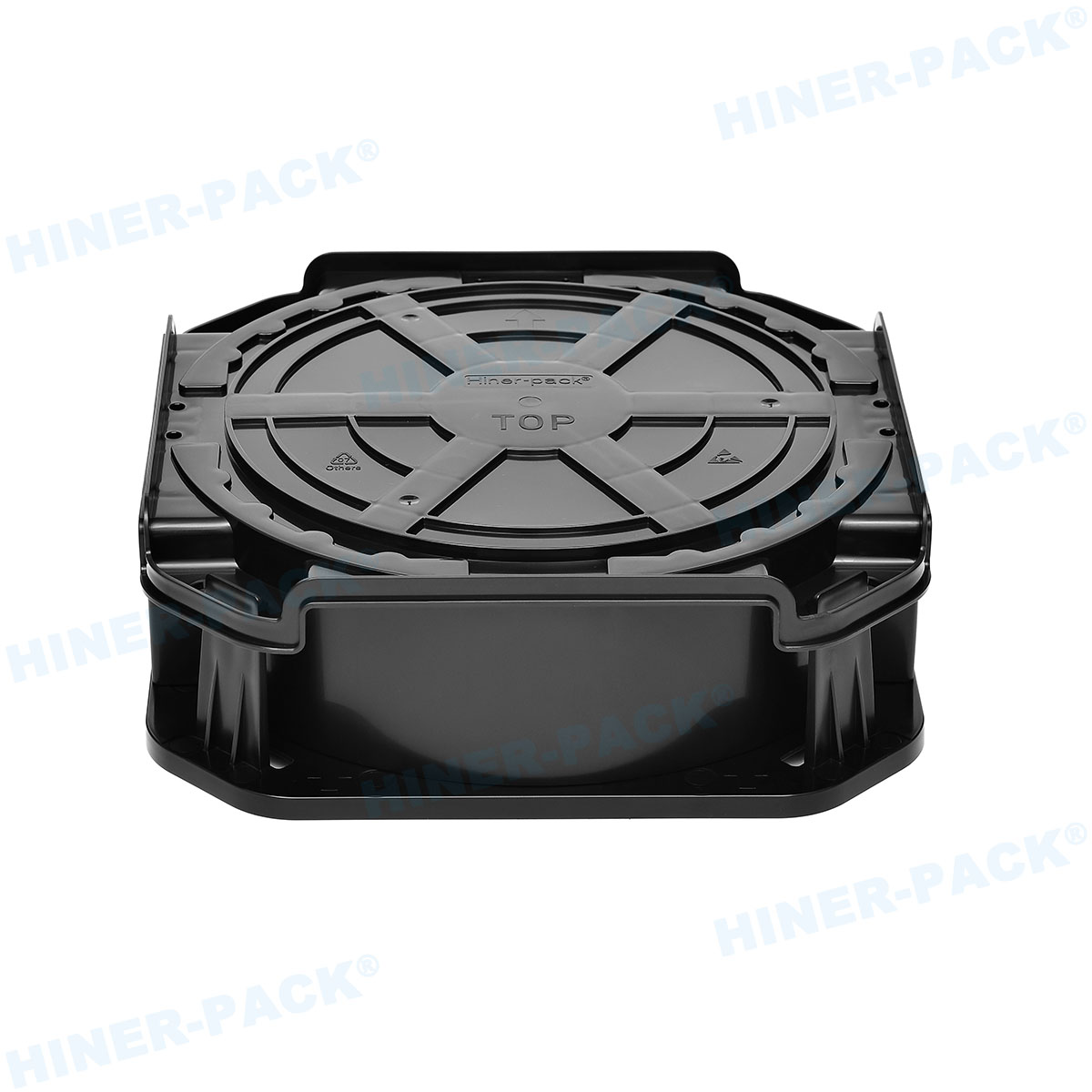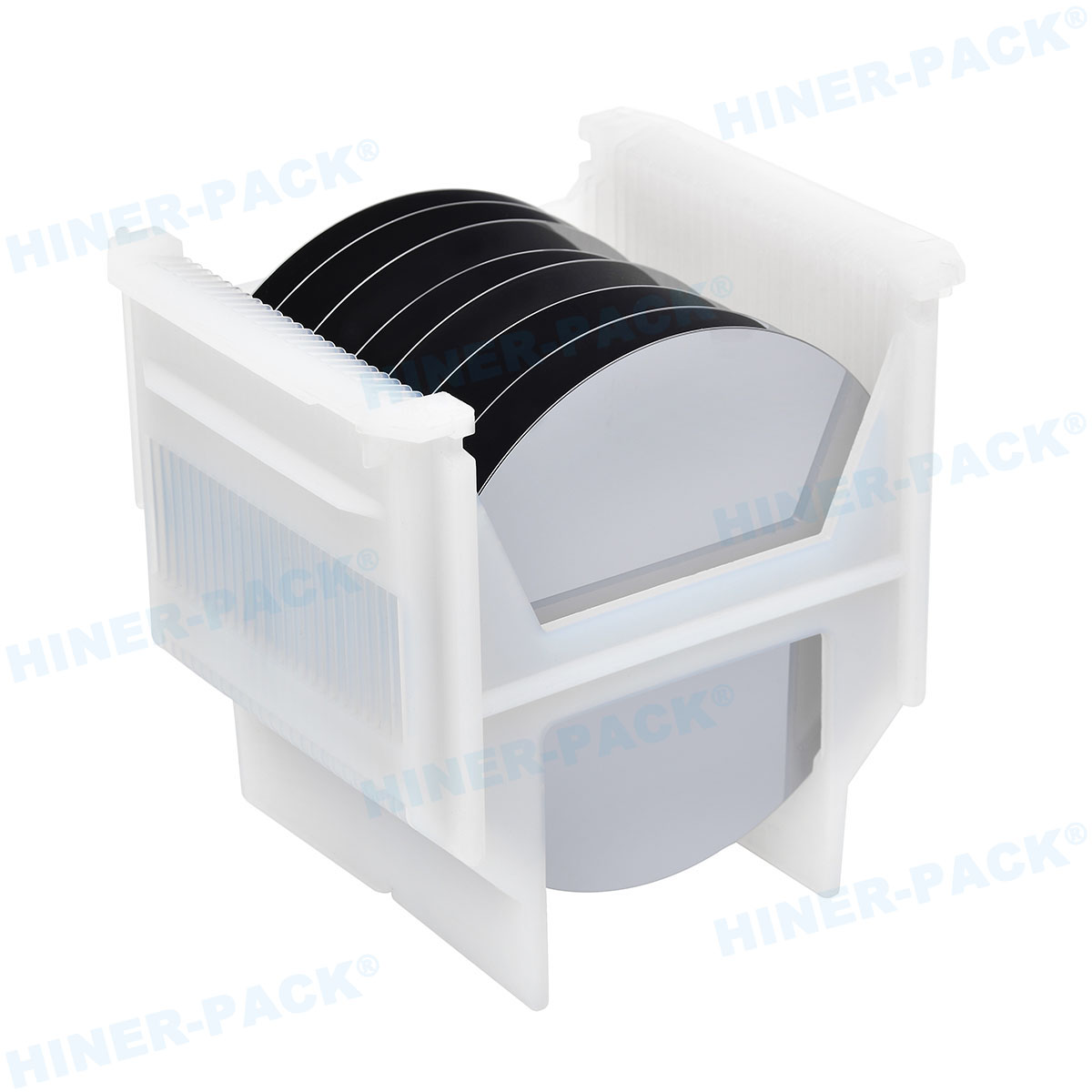In the highly precise world of semiconductor manufacturing, the handling and storage of silicon wafers are critical to maintaining product integrity and yield. At the heart of this process lies the fluoroware wafer carrier, a specialized container designed to protect wafers from contaminants, physical damage, and environmental factors during transport and storage. As the industry evolves with larger wafer sizes and increased automation, products like the Fluoroware 300mm FOUP and Fluoroware 200mm SMIF Pod have become standards in cleanroom environments. Additionally, components such as the Fluoroware wafer boat play a vital role in processing steps, while selecting a reliable Fluoroware carrier supplier ensures consistency and quality. This article delves into the key aspects of these products, their applications, and common challenges faced by manufacturers. By understanding these elements, industry professionals can optimize their operations and mitigate risks associated with wafer handling.
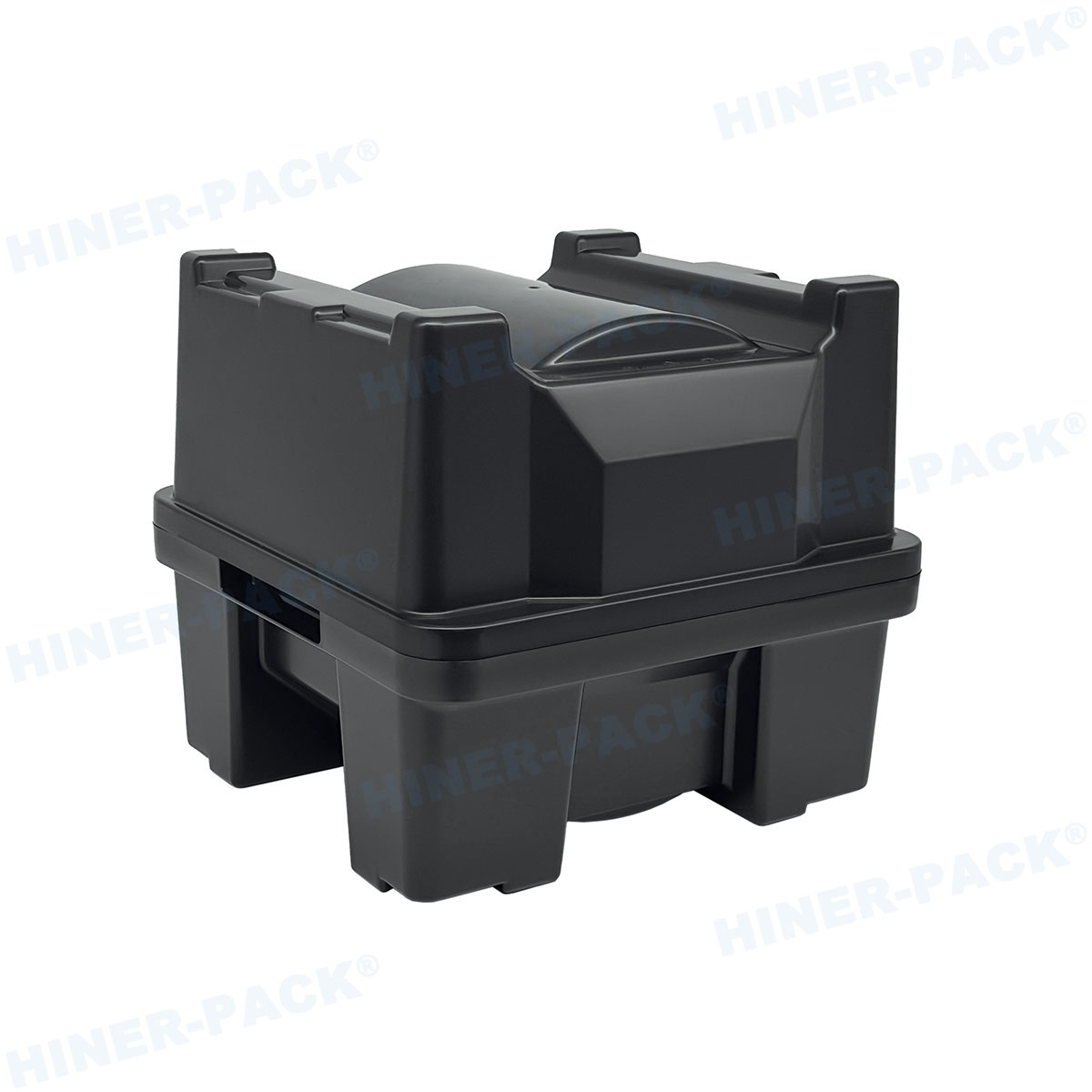
What is a Fluoroware Wafer Carrier?
A fluoroware wafer carrier is a container used in the semiconductor industry to hold and transport silicon wafers securely. These carriers are typically made from high-purity materials like polycarbonate or PFA (perfluoroalkoxy) to minimize particulate generation and chemical contamination. The design focuses on protecting wafers from mechanical stress, electrostatic discharge, and environmental exposures such as humidity and dust. Fluoroware wafer carrier units are essential in fab facilities because they integrate with automated systems, ensuring smooth transitions between processing equipment. Over the years, advancements have led to specialized versions, including the Fluoroware 300mm FOUP for larger wafers and the Fluoroware 200mm SMIF Pod for smaller diameters, each tailored to specific manufacturing needs. The evolution of these carriers reflects the industry's shift toward higher efficiency and miniaturization, making them indispensable in modern semiconductor production.
The Role of Fluoroware 300mm FOUP in Modern Fabs
The Fluoroware 300mm FOUP (Front Opening Unified Pod) is a cornerstone in contemporary semiconductor fabs, designed to handle 300mm wafers with enhanced capacity and automation compatibility. Unlike older carriers, the FOUP features a front-opening mechanism that allows for seamless integration with robotic systems, reducing manual handling and contamination risks. This design supports higher throughput in facilities producing advanced chips for applications like AI, IoT, and 5G technology. Key benefits of the Fluoroware 300mm FOUP include improved particle control, standardized interfaces for tool compatibility, and ergonomic features that enhance operator safety. However, its implementation requires careful consideration of cleanroom protocols and regular maintenance to prevent issues like misalignment or seal degradation. As fabs continue to adopt 300mm wafer processes, the Fluoroware 300mm FOUP remains a critical component, often sourced from a trusted Fluoroware carrier supplier to ensure compliance with industry standards.
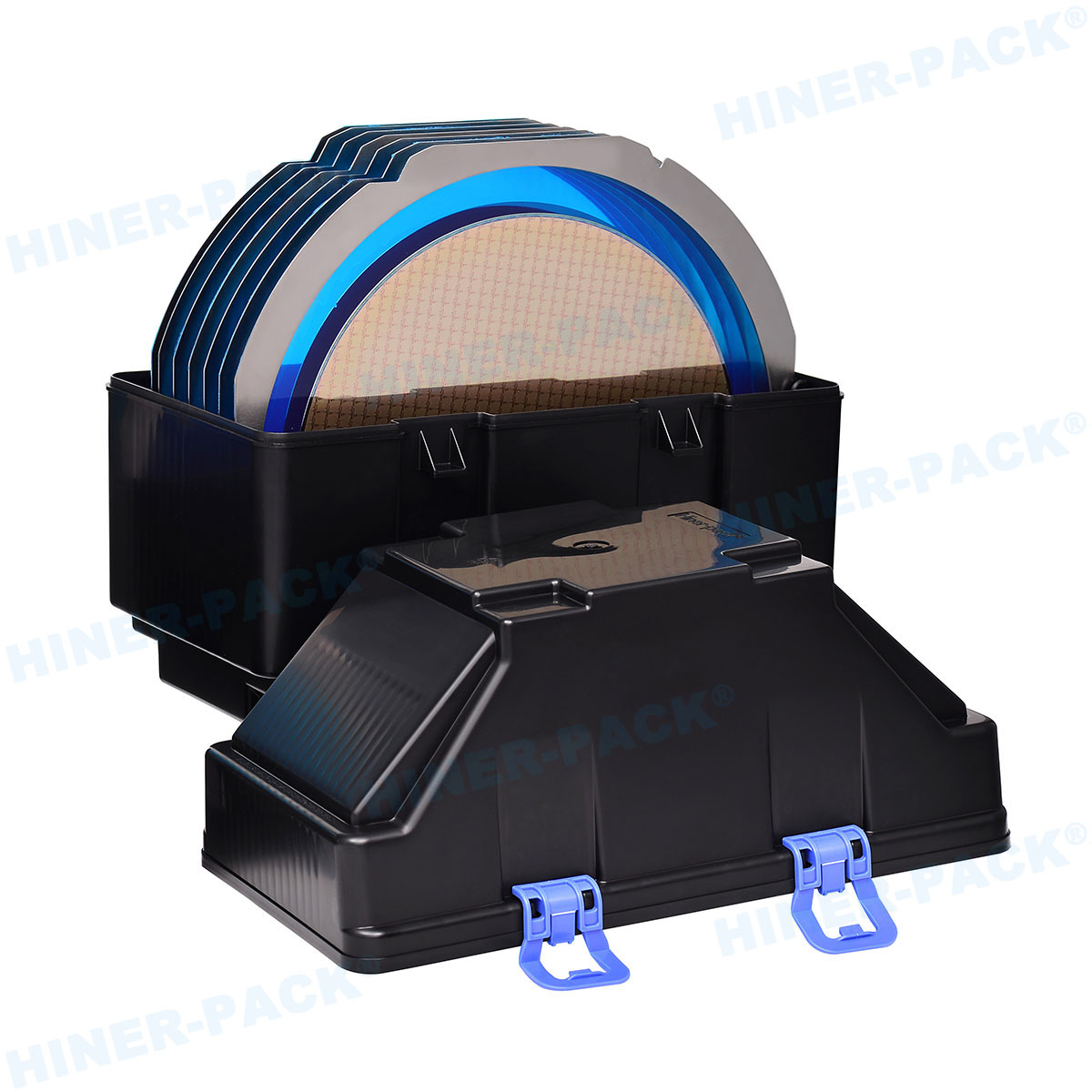
Understanding Fluoroware 200mm SMIF Pod
For facilities still utilizing 200mm wafers, the Fluoroware 200mm SMIF Pod (Standard Mechanical Interface) offers a reliable solution for wafer isolation and transport. The SMIF Pod is designed to create a mini-environment around the wafers, shielding them from external contaminants during storage and movement between tools. This system is particularly valuable in older fabs or for specialized processes where 200mm wafers are preferred due to cost or technical requirements. The Fluoroware 200mm SMIF Pod typically includes features like built-in handling interfaces and compatibility with SMIF loaders, facilitating automation without major infrastructure changes. When integrating these pods, manufacturers must address common challenges such as pod door seal integrity and compatibility with existing equipment. Partnering with an experienced Fluoroware carrier supplier can help in sourcing high-quality SMIF Pods that meet specific operational needs, ensuring longevity and performance in diverse manufacturing environments.
Fluoroware Wafer Boat: Key Features and Applications
The Fluoroware wafer boat is another essential component in semiconductor manufacturing, primarily used for holding wafers during wet processing steps like etching, cleaning, and rinsing. Made from materials resistant to harsh chemicals, such as PTFE (polytetrafluoroethylene) or PVDF (polyvinylidene fluoride), these boats ensure wafers remain stable and uncontaminated in aggressive environments. The design of a Fluoroware wafer boat often includes slots or grooves to securely position wafers, preventing contact and minimizing defects. In comparison to a fluoroware wafer carrier, which is used for transport and storage, the wafer boat is focused on process-specific applications, making it integral to steps like lithography and diffusion. Common issues with wafer boats include chemical degradation over time and particulate buildup, which can be mitigated through regular inspection and cleaning. As part of a comprehensive wafer handling system, the Fluoroware wafer boat complements carriers like the Fluoroware 300mm FOUP and Fluoroware 200mm SMIF Pod, highlighting the importance of a holistic approach to semiconductor tooling.
Choosing the Right Fluoroware Carrier Supplier
Selecting a dependable Fluoroware carrier supplier is crucial for maintaining the quality and efficiency of semiconductor operations. A reputable supplier should offer a range of products, including fluoroware wafer carrier units, Fluoroware 300mm FOUP, Fluoroware 200mm SMIF Pod, and Fluoroware wafer boat, with certifications like ISO 9001 for quality management. Key factors to consider include the supplier's track record in the industry, ability to provide custom solutions, and support services such as technical assistance and inventory management. For instance, a supplier with expertise in automation can help integrate Fluoroware 300mm FOUP systems seamlessly into existing lines, while one focused on legacy equipment might specialize in Fluoroware 200mm SMIF Pod replacements. Additionally, evaluating the supplier's material quality and lead times can prevent downtime and ensure consistent performance. By conducting thorough due diligence, manufacturers can build a partnership that enhances reliability and reduces the risk of defects in wafer handling processes.
Common Issues with Fluoroware Wafer Carriers and Troubleshooting
Despite their advanced designs, fluoroware wafer carrier products can encounter several common problems that impact semiconductor yield and efficiency. One frequent issue is particulate contamination, often caused by wear and tear or improper cleaning of carriers like the Fluoroware 300mm FOUP or Fluoroware 200mm SMIF Pod. This can lead to wafer defects and reduced product quality. Regular cleaning protocols and using high-purity materials can mitigate this. Another problem is mechanical failure, such as broken latches or misaligned doors in a fluoroware wafer carrier, which can result from rough handling or design flaws. Implementing preventive maintenance schedules and training staff on proper usage are effective solutions. For the Fluoroware wafer boat, chemical resistance degradation over time may occur, especially in aggressive processing environments. Replacing boats periodically and verifying material compatibility with process chemicals can address this. Additionally, compatibility issues with automation systems—common when integrating new Fluoroware 300mm FOUP units—can be resolved by working closely with the Fluoroware carrier supplier for calibration support. Electrostatic discharge is another concern, particularly in dry environments, which can be minimized by using static-dissipative materials in carriers. By proactively identifying and addressing these issues, manufacturers can extend the lifespan of their fluoroware wafer carrier investments and maintain high production standards.
In summary, the fluoroware wafer carrier ecosystem, encompassing the Fluoroware 300mm FOUP, Fluoroware 200mm SMIF Pod, Fluoroware wafer boat, and reliable Fluoroware carrier supplier partnerships, is fundamental to semiconductor manufacturing. These components ensure wafers are protected and efficiently handled throughout the production cycle, from storage to processing. While common issues like contamination and mechanical wear pose challenges, they can be managed through diligent maintenance and supplier collaboration. As technology advances, the role of these carriers will continue to evolve, driving innovation in wafer handling solutions. By staying informed about best practices and emerging trends, industry players can leverage fluoroware wafer carrier products to achieve higher yields and operational excellence in a competitive market.



